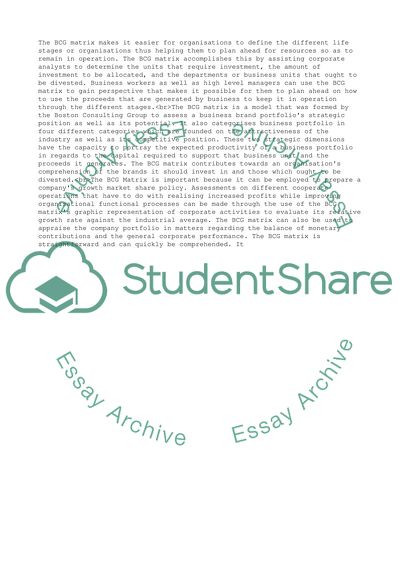Cite this document
(Use BCG to analysis MCDonalds Essay Example | Topics and Well Written Essays - 2000 words, n.d.)
Use BCG to analysis MCDonalds Essay Example | Topics and Well Written Essays - 2000 words. https://studentshare.org/management/1805848-use-bcg-to-analysis-mcdonalds
Use BCG to analysis MCDonalds Essay Example | Topics and Well Written Essays - 2000 words. https://studentshare.org/management/1805848-use-bcg-to-analysis-mcdonalds
(Use BCG to Analysis MCDonalds Essay Example | Topics and Well Written Essays - 2000 Words)
Use BCG to Analysis MCDonalds Essay Example | Topics and Well Written Essays - 2000 Words. https://studentshare.org/management/1805848-use-bcg-to-analysis-mcdonalds.
Use BCG to Analysis MCDonalds Essay Example | Topics and Well Written Essays - 2000 Words. https://studentshare.org/management/1805848-use-bcg-to-analysis-mcdonalds.
“Use BCG to Analysis MCDonalds Essay Example | Topics and Well Written Essays - 2000 Words”. https://studentshare.org/management/1805848-use-bcg-to-analysis-mcdonalds.


